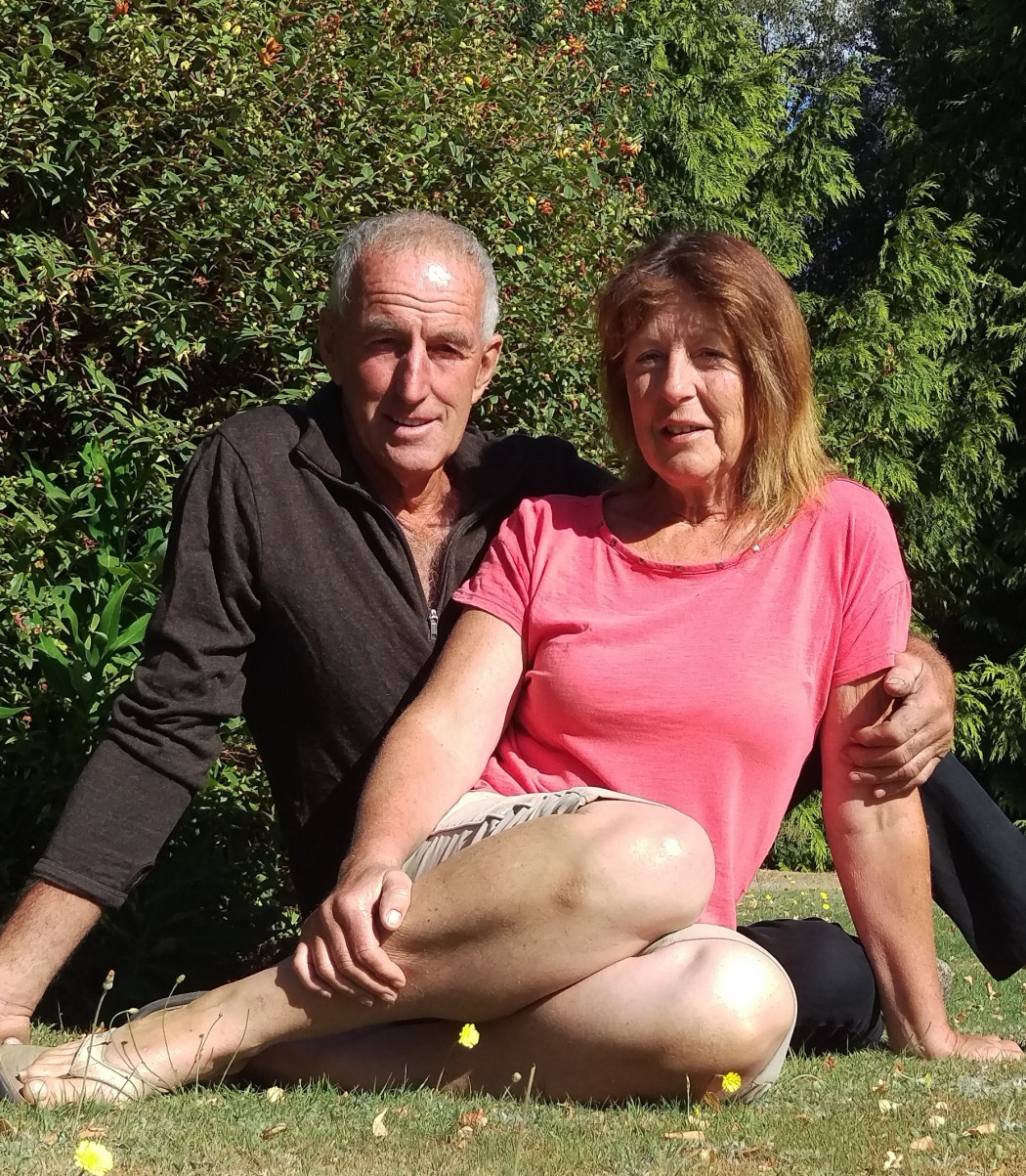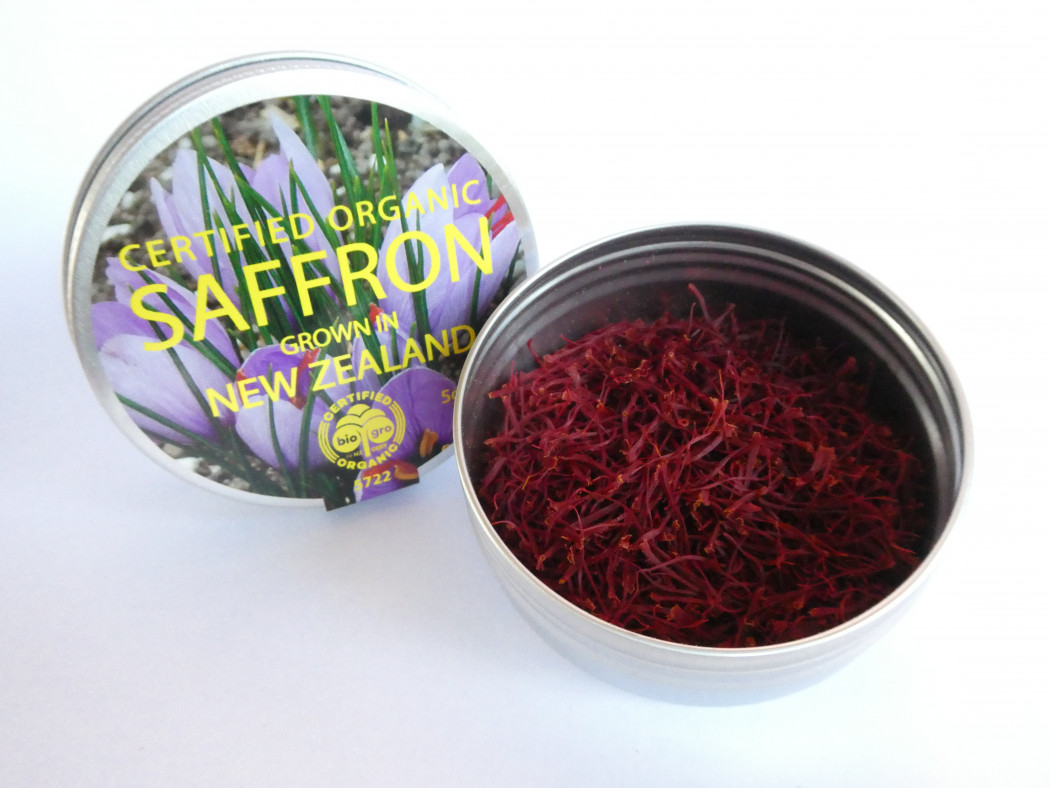Southland’s new bright red crop of high value
It must be every commercial grower’s dream. You experiment with a new crop and when you send harvest samples to Europe for quality testing, the results are off the scale. So it was for saffron growers Jo and Steve Daley.
The Te Anau-based Daley's produce and market what must be some of the world’s finest saffron – a highly-prized spice grown since ancient times in Iran and some Mediterranean countries. It turns out that northern Southland has ideal climate and soils for the saffron crocus flower from which threadlike red stigmas can be picked, dried and sold at remarkably high prices.
These days the Daleys can’t meet all the demand for their 100% Kiwi Saffron branded product, launched onto local market since those fateful first test results in 2016. “We sent samples from our second harvest to an ISO-accredited lab in Europe and could hardly believe the score that came back from the assessment for intensity of colour, the flavour and aroma,” says Jo Daley. Premium saffron has a score of 190 or above: The Daley’s sample was 300!
They market 100% Kiwi Saffron by the gram or fraction of a gram, with sales made directly online or through selected New World supermarkets and independent health food stores. The business joined GS1 to facilitate its retail presence – and its small tins of bright red spice thread are keenly sought by both chefs and enthusiasts for saffron’s therapeutic qualities. A rather modest, one-gram amount with organic certification is priced online at $46 (plus delivery).
Because of its super grade quality, 100% Kiwi Saffron is consumed mainly raw, with warm water as a tonic. It is rich in Vitamin B2, riboflavin, and carotenoids (anti-cancer properties), and its many reputed health-giving properties include the stabilisation of macular degeneration. “We have regular customers who say it has made a huge difference to their eye condition such that they can, for example, drive their car again,” says Jo.
The price reflects both the saffron’s intrinsic value and its labour-intensity as a crop. Each crocus flower produces three stigmas a year, these carefully picked and dried. It takes around 250 flowers to produce just one gram of saffron and the harvest, for six weeks from early April, is delicate and back-breaking work. The Daleys invite WWOOFers (volunteers under the global Willing Workers On Organic Farms programme) to work and live with them through the harvest.
And why is Southland so suitable? “It’s our extremes of climate, baking hot in summer and freezing in winter, and the dryness of the soil here,” says Jo. It was in 2013 that she and Steve – who both have backgrounds in horticulture – decided to try saffron alongside their other rural servicing business. Their first crop was from an initial 500 corms (bulbs) sourced from an established grower in Canterbury. Today they have around 10 million corms in the ground, on a total of four hectares including 1ha which is certified for organic production. (A mature corm produces up to 12 flowers annually and multiplies by five or six cormlets each year).
The Daleys see huge growth potential in local and offshore markets – the quality is now attracting big orders from Asia – although land availability and production costs are definitely issues. “We could sell tonnes of New Zealand-grown saffron overseas if we could produce the volume,” says Jo.
For more information, see: www.kiwisaffron.com


